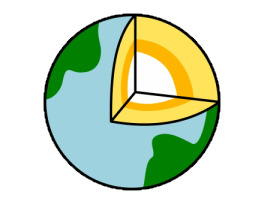Géologie & Construction à Genève …
Le Bassin genevois a été façonné par le glacier du Rhône. Dès la fin de la glaciation du Würm, Paléolithique supérieur (culture magdalénienne), l’Homme s’est installé au nord des Alpes. Le site de Genève et les bords du Léman ont constitué un cadre de choix pour cette première occupation humaine.

Cette urbanisation par la naissance de petits villages jusqu’aux agglomérations fortifiées ont eu des besoins que l’humain est allé chercher dans son environnement qu’ils soient lacustre ou terrestre autant pour favoriser son installation que pour se protéger de la nature ou des autres populations. Ainsi, il a bâti selon ses besoins avec les ressources qui existait autour…
Genève s'étend à l'extrémité sud-ouest du Léman, sur les deux rives du Rhône, dans une vaste cuvette limitée par la chaîne du Jura au nord, atteignant plus de 1700 m d'altitude, et par le Salève au sud, d’une altitude maximale de 1379 m. Le relief de la chaîne du Vuache, dressée à 1105 m par un accident géologique important, reliant le Jura à la chaîne du Salève et aux chaînes subalpines à hauteur d'Annecy, ferme cette dépression à l'ouest (fig. 1).

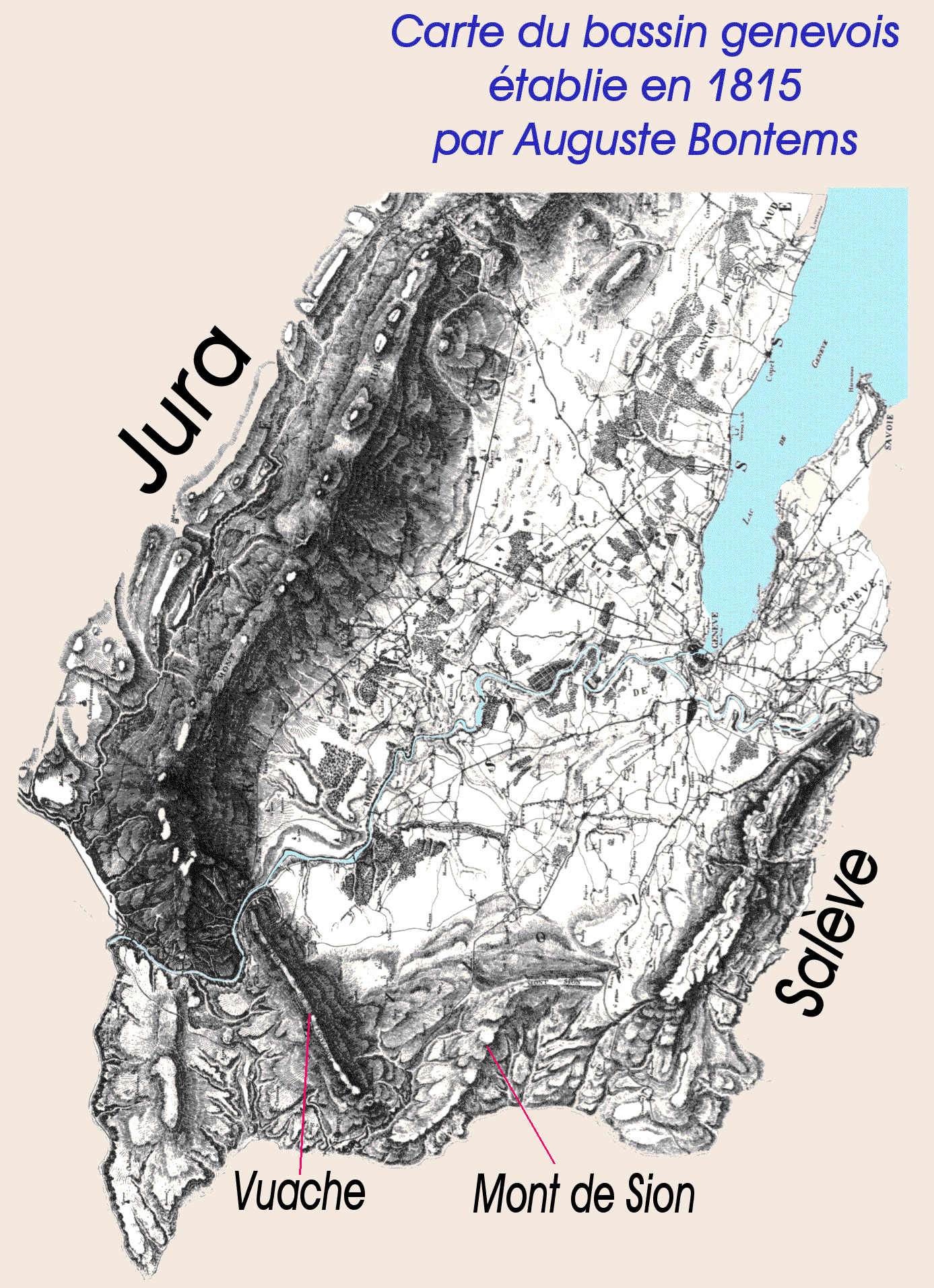
Ce bassin fait partie du Plateau suisse, dont le genevois constitue la terminaison occidentale.
Ces reliefs limitatifs du Bassin genevois, correspondent à des structures tectoniques. Plis et chevauchements en sont à l’origine. Ils se sont produits à la fin de l'orogenèse alpine, il y a 5 à 10 millions d'années.

Sur la période allant du Jurassique au Crétacé, il y a 145 à 100 millions d’années, lorsque la Suisse était généralement recouverte d'une mer sur le fond de laquelle des sédiments se sont alors accumulés sous une profondeur d'eau allant de 0 à 100 m.
Ces couches carbonatées ont alors formé en une plate-forme, tout en s’érodant, et ont fini par jouer un rôle important en tant que matériel de construction.
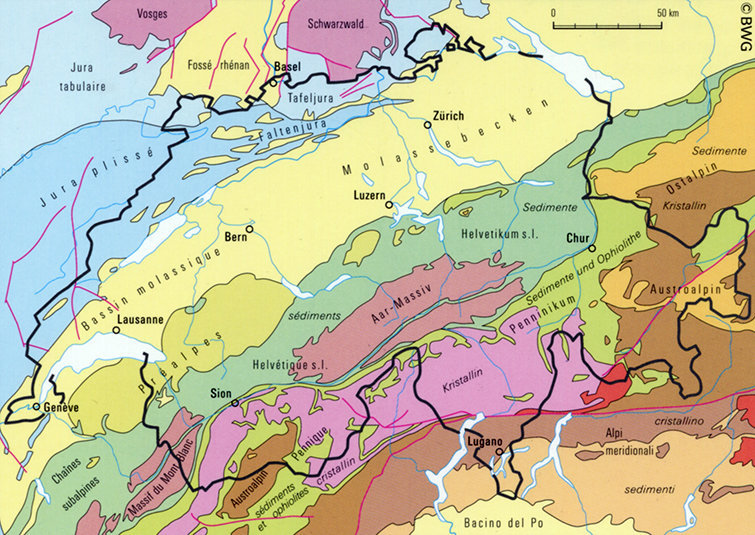
Exploitées jusqu'au XVIII* siècle, des carrières de Molasse Tertiaire sont aujourd'hui définitivement immergées dans le Léman près de Genève. Recherchée pour sa légèreté et sa résistance, elle comporte grès, marnes, intercalations de gypse et, à certains endroits, de conglomérats issus de l'érosion des Alpes.

Atteignant jusqu’à un kilomètre sous Genève, mais invisible dans la ville, ces dépôts issus de l’Oligocène (env. 30 à 27 millions d'années) et superposée aux couches de sédimentation du Crétacé, se divisent en deux types : la « Molasse Rouge » et la « Molasse Grise ».
Les propriétés de la molasse en font une roche appréciée. Elle est légère et facile à tailler au moment de son extraction. Cette roche tendre et poreuse était assez facile à extraire et nécessitait un long séchage avant d’être utilisée. Le grain est fin, ce qui permettait de réaliser des éléments architecturaux complexes et des sculptures fines. La couleur variable selon les zones peut conduire à rechercher spécifiquement une carrière. La dureté intervient également dans les critères de choix.
La molasse a cependant un défaut majeur, le ciment calcaire est peu cristallisé et s’altère donc facilement lorsqu’il est soumis aux intempéries et surtout au gel. La roche est finement poreuse et absorbe de l’eau par capillarité. Les échanges sont lents, l’eau est stockée dans les pores et donc susceptible de geler. La glace fait éclater le joint entre la matrice calcaire et les grains qui se dissocient. La pierre se désagrège soit par desquamation soit par esquilles. Pour les sculptures, cette altération est catastrophique, car les décors s’émoussent et perdent leur lisibilité. Les travaux de restauration des monuments suisses ont conduit à des recherches de carrières afin d’extraire des blocs de remplacement, mais aussi à la mise au point de différents modes de consolidation.
Les molasses rougeâtres (typiquement Genevoise) du bassin lacustre sont de très bonne qualité. Elle est constituée de grès gris-rouge à verdâtre avec des grains de feldspath. La couleur rouge peut démontrer la présence de matière organique oxydée. Quatre carrières sous-lacustres genevoises sont repérées : à Ruth-Montalègre, au reposoir, au Vengeron et celle de Petite-Pierrière.
La « Molasse Grise », elle, comporte marnes grises, calcaire et gypse. Les coteaux de Satigny, Challex, Petit-Saconnex-Pregny, Bernex et Cologny, vestiges d’anciens reliefs, offrent, grâce à l’érosion menée par les cours d’eau, des accès directs à ces couches formées pendant la seconde moitié du tertiaire.
Mais les pierres de constructions venaient aussi de plus loin : de carrières localisées au pied du Jura Vaudois. Un calcaire vermiculé blanc, massif, dur, souvent parcouru de stylolites, on établissait tours et fondations
Les formations calcaires sont particulièrement abondantes dans la région et constituent l’ossature même des massifs environnants. Aisément repérable dans le paysage où il forme parfois des falaises imposantes, le calcaire affleure en de très nombreux points, il est donc difficile de proposer une cartographie simple des ressources. Il a été exploité abondamment dans des carrières à ciel ouvert.
Recherchés pour la qualité des pierres de taille, la dureté de la roche rend l’extraction parfois difficile. Ses qualités sont très diverses.
|
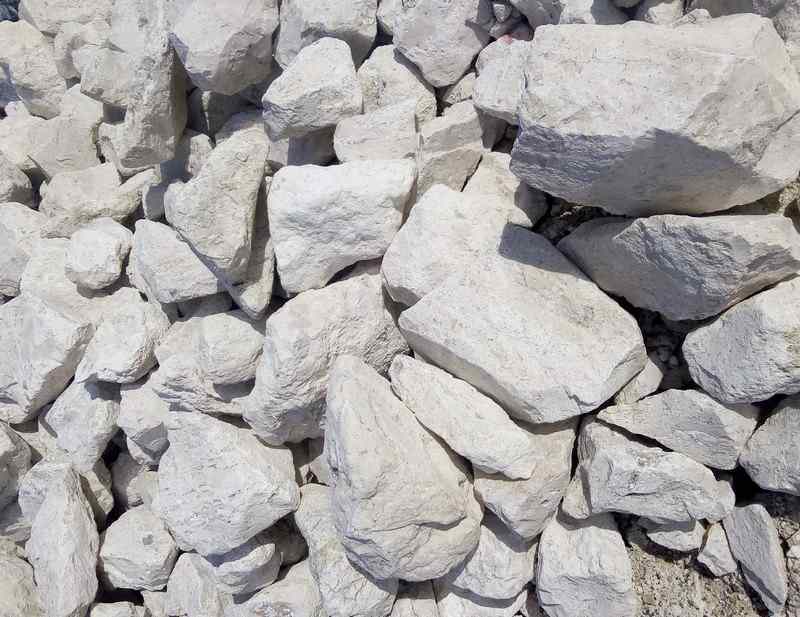
Calcaire Blanc
|

Molasse Rouge
|
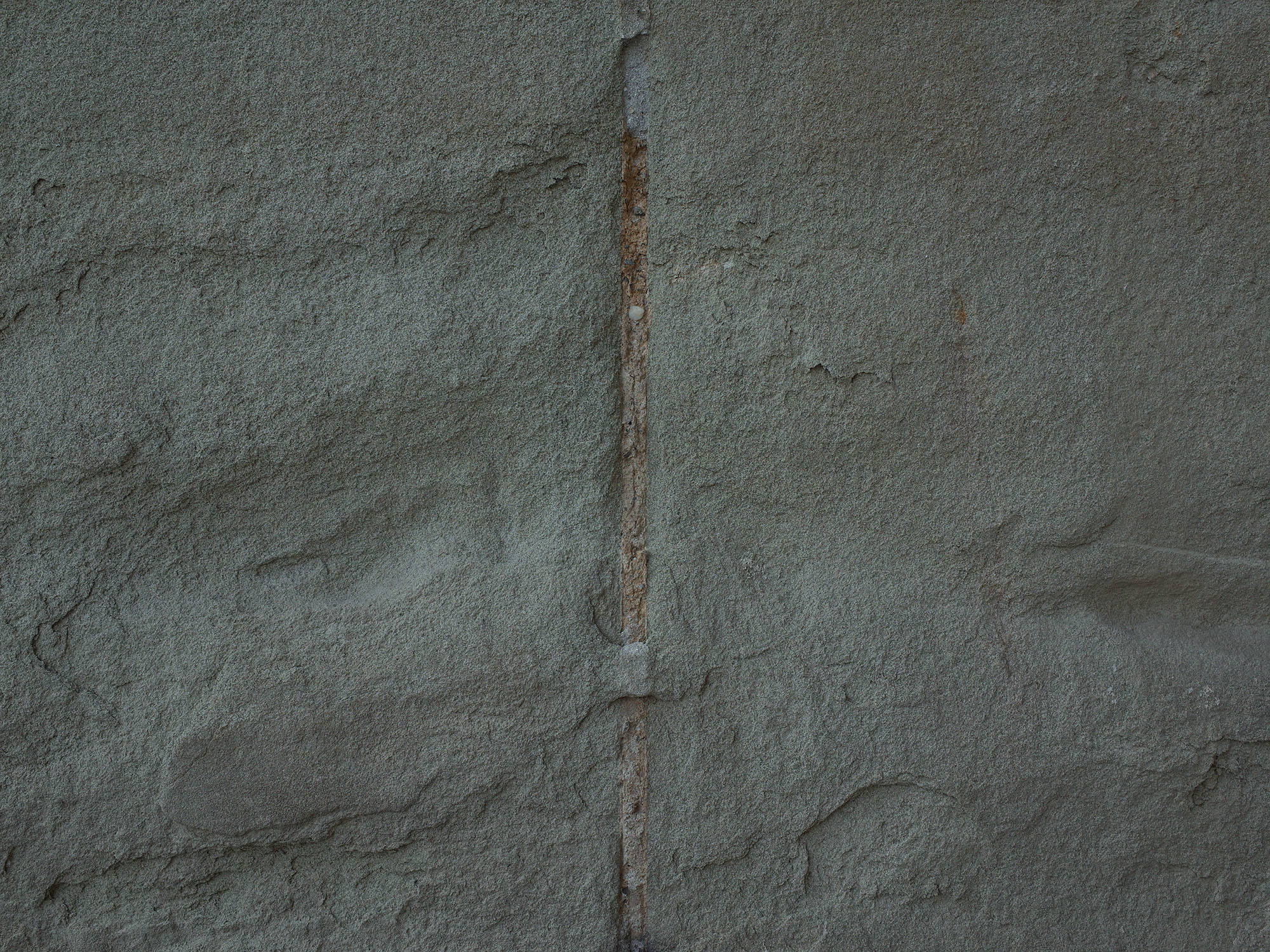
Molasse Grise (Cathédrale de Lausanne)
|
|
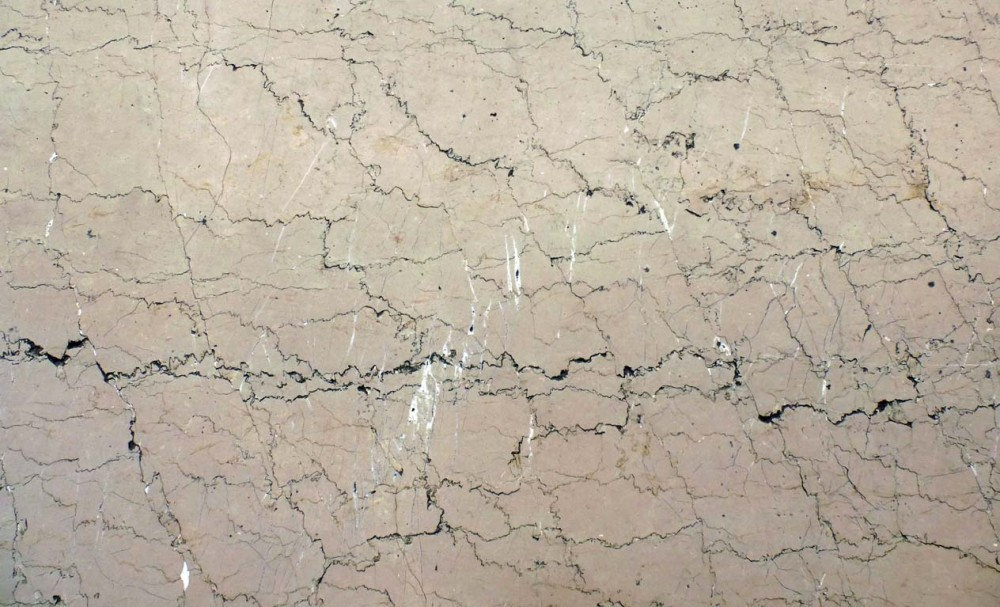
Les stylolithes ou stylolites sont des surfaces en dents de scie le long desquelles la matière minérale
a été éliminée par dissolution sous pression, dans un processus qui diminue le volume total de la roche.
|
Rappel concernant les « Earthcaches »: Il n'y a pas de conteneur à rechercher ni de logbook à renseigner. Il suffit de se rendre sur les lieux et d'exécuter les requêtes du propriétaire de la cache avec l'envoi des réponses par mail pour validation. Bon Earthcaching!
Source :
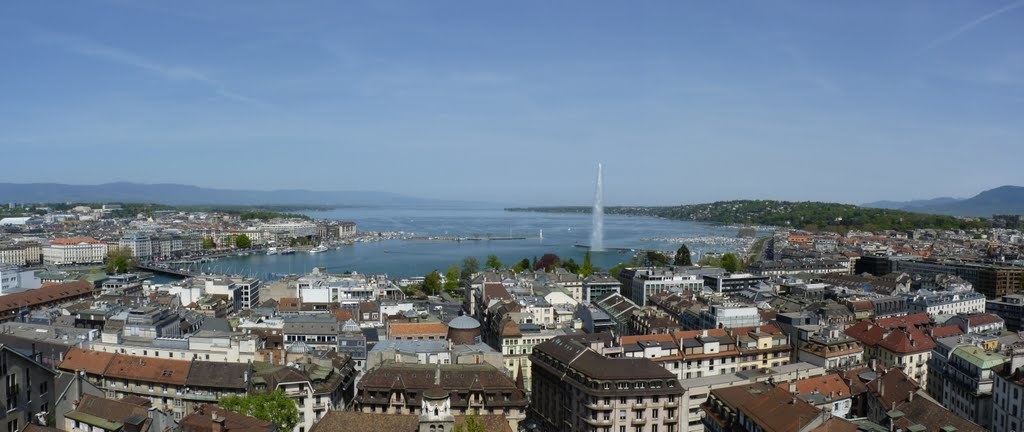
Questions :
1. Devant le parvis, approchez-vous des colonnes et observez la base rectangulaire, pouvez-vous décrire ce que vous voyez et nommez ce type de roche utilisé ici.
2. Approchez-vous du mur de la Cathédrale et observez : pouvez-vous nommer ce type de roche utilisé à la construction ?
3. Veuillez télécharger une photo de vous ou de votre gps sur le site. Veuillez ne pas inclure de photos en rapport avec les questions dans votre journal de bord. (Cette exigence est en vigueur depuis le 6/11/19 et est soutenue par les nouvelles directives de Earthcache).
4.Veuillez envoyer les réponses par message sur mon profil. Vous pouvez loguer la Earth dès qu'elle a été trouvée. Je vous contacterai si vos réponses sont incorrectes. Si je ne reçois pas de réponses dans un délai raisonnable (~7 jours), je peux supprimer votre journal.

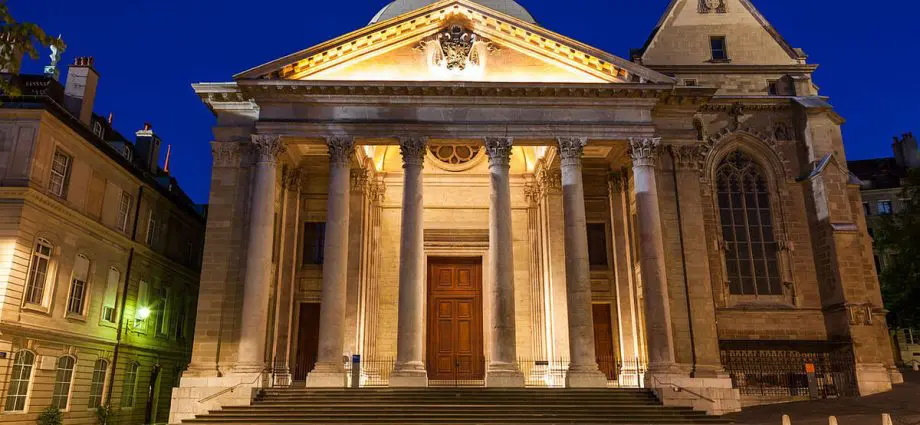
Cathedrale Saint-Pierre
History of a place of worship...
An emblematic image of Geneva, a symbol of the influence of Protestant Rome, the Cathedral of Saint Peter dominates the hill of the old city...
Dedicated to St. Peter, whose relics it was intended to house in the Life century, this building, as it appears today, was built in Gothic style between the 12th and 15th centuries, with a portal dating from the 18th century.
The presence of a place of worship in this place is very ancient, as evidenced by the discovery in 1890, during the work carried out for the restoration of St. Peter's, of this dedication to the goddess Genava, by Aurelia Firmina, daughter of Marcus Aurelius. A pagan temple already existed in this place...

Since the 4th century A.D., a religious complex and its church seems to be present, as can be seen by visiting the basement of St. Peter's Cathedral, which houses an archaeological site where you can visit the remains of ancient religious buildings.
Until the 11th century, the structure will evolve until the creation of a unique building. In the 12th century, the first prince-bishop of Geneva, Arducius de Faucigny, began the construction of the present Romano-Gothic Cathedral, a phase that lasted about a century, from 1150 to 1250.
The internal and external appearance of the building has evolved over time. Externally, the most obvious - if not the most important - changes are of course the construction of the south tower, the addition of porticoes, the addition of the Maccabi church, the reconstruction of the north tower and the square of the copper spire.
Inside, the Cathedral has the largest collection of Romanesque and Gothic capitals in Switzerland, while the stained glass windows (identical to the Renaissance ones in the Museum of Art and History) date back to the restoration work of the 19th century. On the other hand, the medieval colorful ornaments disappeared during the Reformation.
In 1535, mass was outlawed in Geneva, the Cathedral became a Protestant place of worship and became the Temple of Saint-Pierre and "adorned" itself with a certain stripping in connection with Calvinist spirituality. It later became the property of the Protestant Church of Geneva in 1907, after the separation of Church and State.
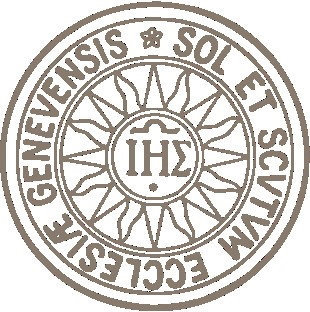
Adoration of Saint Peter during the period of the Climbing (Engraving by Diodati)
It will then be both religious and civil, becoming a temple of laws during the Geneva Revolution or welcoming the swearing in of the government of the Republic. Above all, however, St. Peter's Cathedral is a living illustration of the influence that Geneva had on the Protestant world as a place of refuge as well as an academy training pastors from all over Europe.
Geology & Construction in Geneva ...
The Geneva Basin was shaped by the Rhone glacier. From the end of the Würm glaciation, Upper Paleolithic (Magdalenian culture), Man settled north of the Alps. The site of Geneva and the shores of Lake Geneva provided a choice setting for this first human occupation.

This urbanization by the birth of small villages to fortified towns had needs that humans sought in their environment, whether lakeside or on land, as much to encourage their settlement as to protect themselves from nature or other populations. Thus, he built according to his needs with the resources that existed around...
Geneva lies at the south-western end of Lake Geneva, on both banks of the Rhône, in a vast basin limited by the Jura mountain range to the north, reaching an altitude of over 1700 m, and by the Salève to the south, with a maximum altitude of 1379 m. The relief of the Vuache chain, raised to 1105 m by a major geological accident, linking the Jura to the Salève chain and the subalpine chains near Annecy, closes this depression to the west (Fig. 1).


This basin is part of the Swiss Plateau, of which the Genevois is the western termination.
These limiting reliefs of the Geneva Basin correspond to tectonic structures. Folds and overlaps are at the origin. They occurred at the end of the alpine orogeny, 5 to 10 million years ago.

Over the period from the Jurassic to the Cretaceous, 145 to 100 million years ago, when Switzerland was generally covered by a sea on the bottom of which sediments then accumulated under a water depth of 0 to 100 m.
These carbonate layers then formed into a platform, while eroding, and eventually played an important role as building material.

Exploited until the 18th century, Tertiary Molasse quarries are today definitively submerged in Lake Geneva near Geneva. Sought after for its lightness and strength, it comprises sandstone, marl, gypsum interlayers and, in some places, conglomerates from the erosion of the Alps.

Reaching up to one kilometer below Geneva, but invisible in the city, these deposits from the Oligocene (approx. 30 to 27 million years) and superimposed on the sedimentation layers of the Cretaceous, are divided into two types: "Red Molasse" and "Grey Molasse".
The properties of molasse make it a popular rock. It is light and easy to cut at the time of extraction. This soft and porous rock was quite easy to extract and required a long drying period before being used. The grain is fine, which made it possible to create complex architectural elements and fine sculptures. The variable color according to the zones can lead to a specific search for a quarry. Hardness also plays a role in the selection criteria.
Molasses has a major defect, however, since limestone cement is not very crystallized and therefore easily alters when subjected to weathering and especially frost. The rock is finely porous and absorbs water by capillary action. Exchanges are slow, the water is stored in the pores and therefore susceptible to freezing. Ice breaks the joint between the limestone matrix and the grains which dissociate. The stone disintegrates either by desquamation or by splintering. For sculptures, this alteration is catastrophic, because the decorations become blunt and lose their legibility. Restoration work on Swiss monuments has led to research into quarries in order to extract replacement blocks, but also to the development of different methods of consolidation.
The reddish molasses (typically Genevan) of the lake basin are of very good quality. It consists of grey-red to greenish sandstone with feldspar grains. The red color may show the presence of oxidized organic matter. Four Geneva sub-lake quarries have been identified: at Ruth-Montalègre, at the resting place, at Le Vengeron and at Petite-Pierrière.
The "Molasse Grise" (grey molasse) is composed of grey marls, limestone and gypsum. The slopes of Satigny, Challex, Petit-Saconnex-Pregny, Bernex and Cologny, remnants of ancient reliefs, offer, thanks to erosion led by rivers, direct access to these layers formed during the second half of the Tertiary.
But the building stones also came from further afield: from quarries located at the foot of the Jura Mountains. A white vermiculated limestone, massive, hard, often crossed by stylolites, towers and foundations were established.
Limestone formations are particularly abundant in the region and form the very backbone of the surrounding massifs. Easily spotted in the landscape where it sometimes forms imposing cliffs, limestone outcrops at many points, it is therefore difficult to propose a simple mapping of resources. It has been abundantly exploited in open-cast quarries.
Sought after for the quality of the cut stone, the hardness of the rock makes extraction sometimes difficult. Its qualities are very diverse.
|

White Limestone
|

Molasse Red
|

Grey Molasse (Lausanne Cathedral)
|
|

Stylolites are serrated surfaces within a rock mass at which mineral material has been removed by pressure dissolution,
in a deformation process that decreases the total volume of rock.
|
Earthcaches" reminder: There is no container to look for and no logbook to fill in. You just have to go to the site and execute the requests of the cache owner and send the answers by email for validation. Happy Earthcaching!
Source :

Questions :
1. In front of the forecourt, approach the columns and look at the rectangular base, can you describe what you see and name the type of rock used here.
2. Approach the wall of the Cathedral and observe: can you name this type of rock used in the construction?
3. Please upload a photo of yourself or your gps on the site. Please do not include photos related to the questions in your logbook (This requirement has been in effect since 6/11/19 and is supported by the new Earthcache guidelines).
Please send the answers by message on my profile. You can log the Earth as soon as it has been found. I will contact you if your answers are incorrect. If I don't receive a response within a reasonable period of time (~7 days), I can delete your log.
